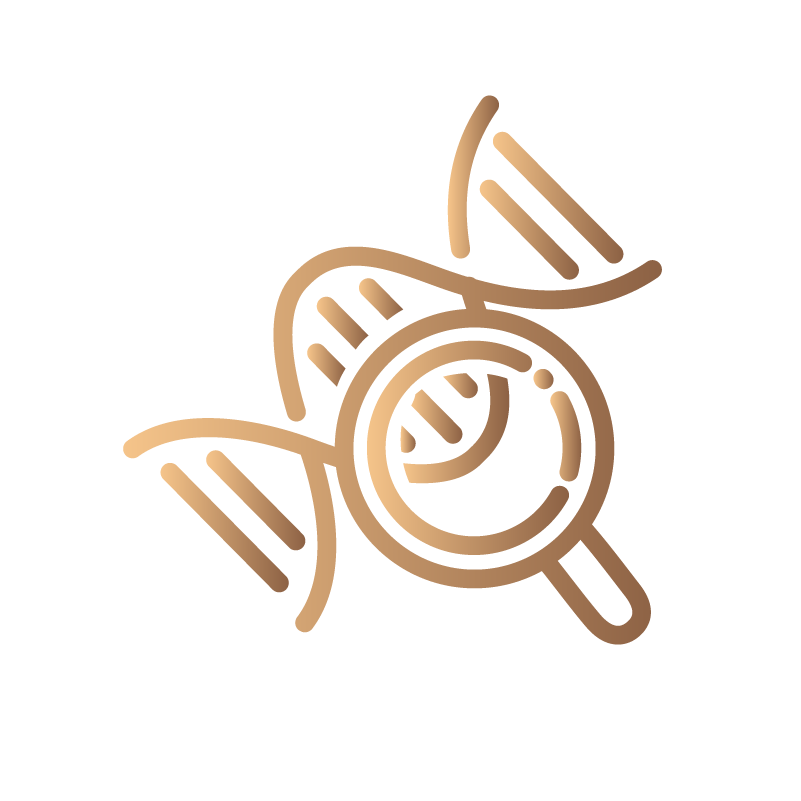This technique increases the chances of pregnancy in each attempt, and more importantly, avoids the use of abnormal embryos that will result in a miscarriage or no pregnancy, since it examines the embryo for possible genetic abnormalities even before the embryo has been implanted.













